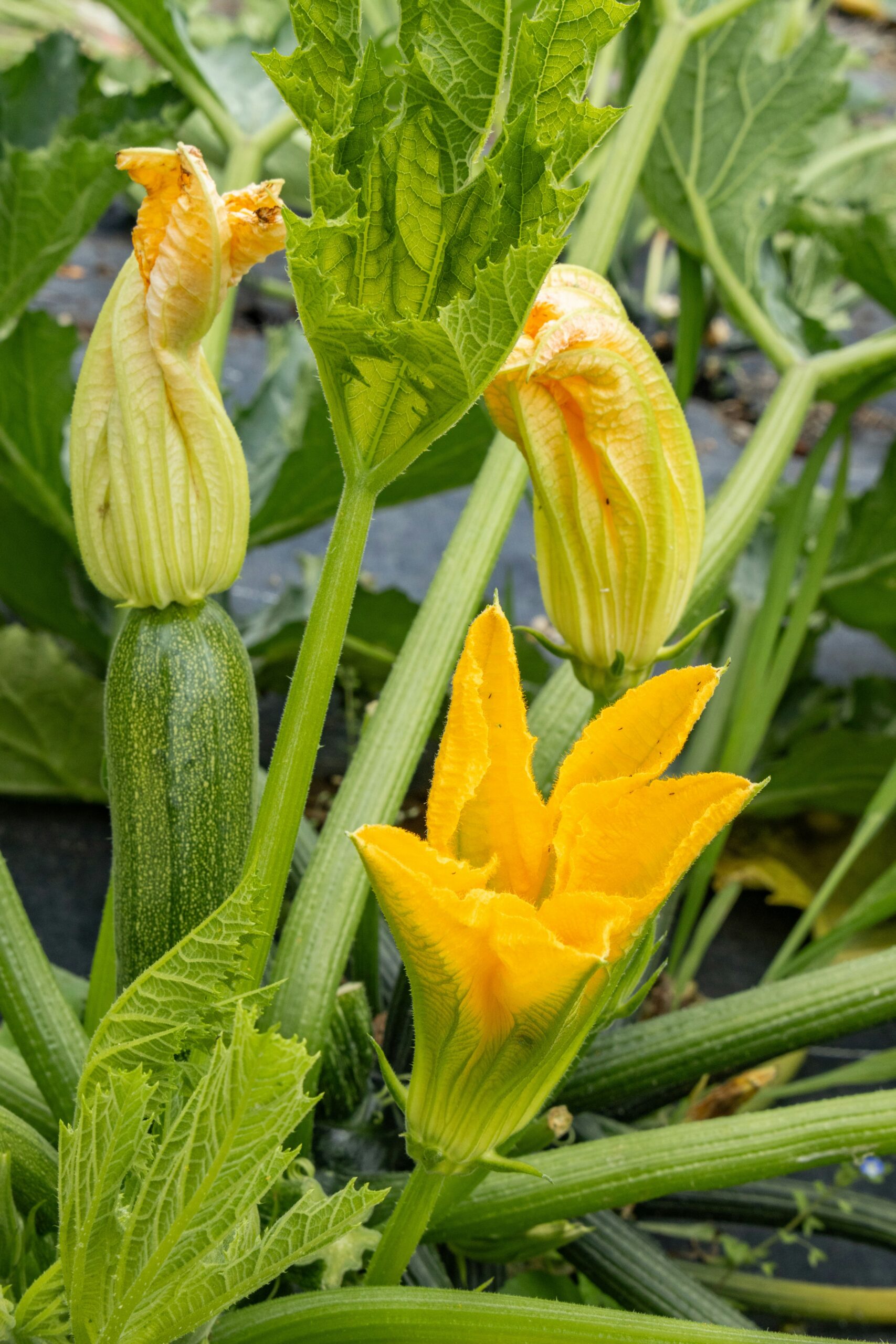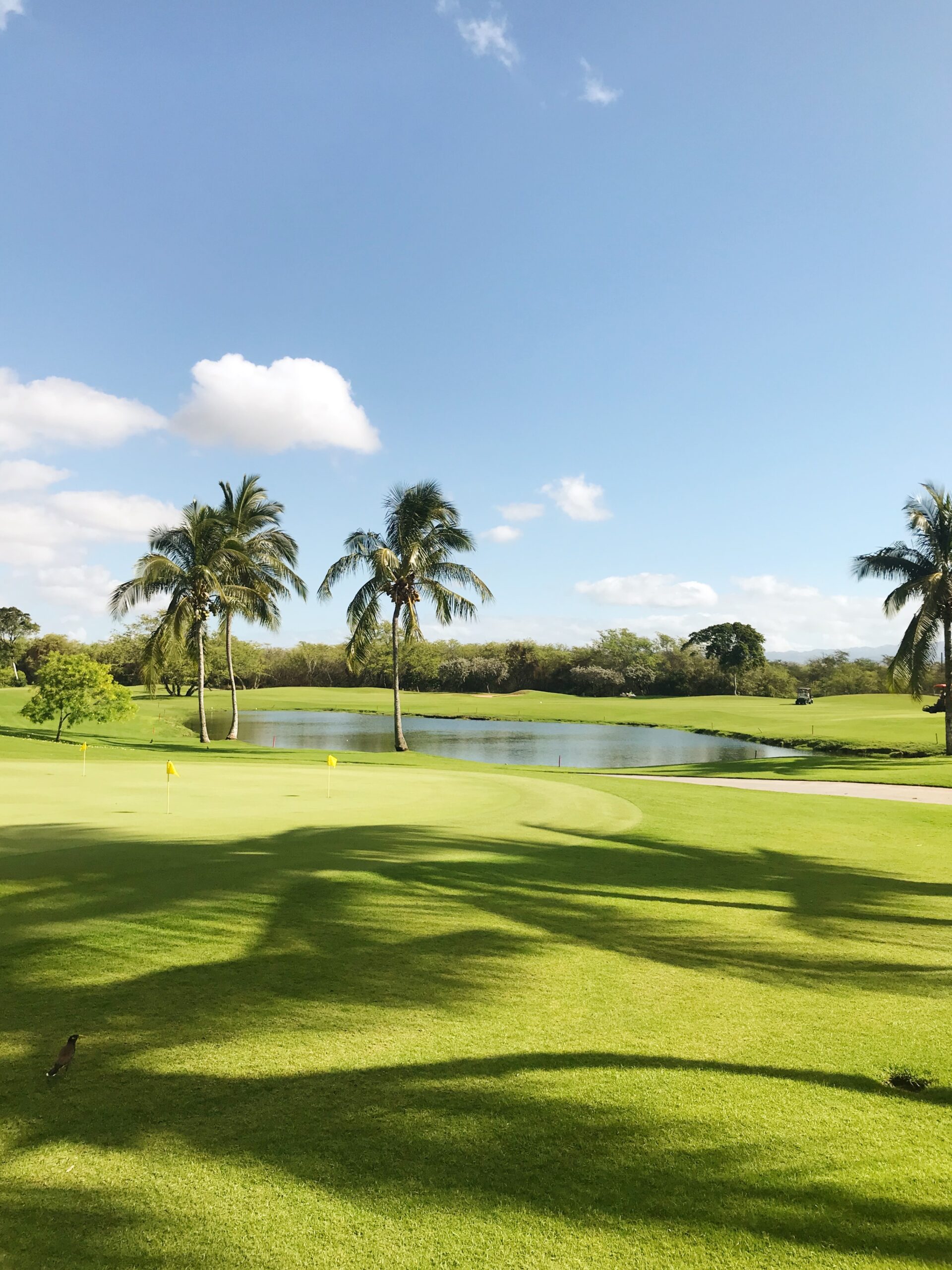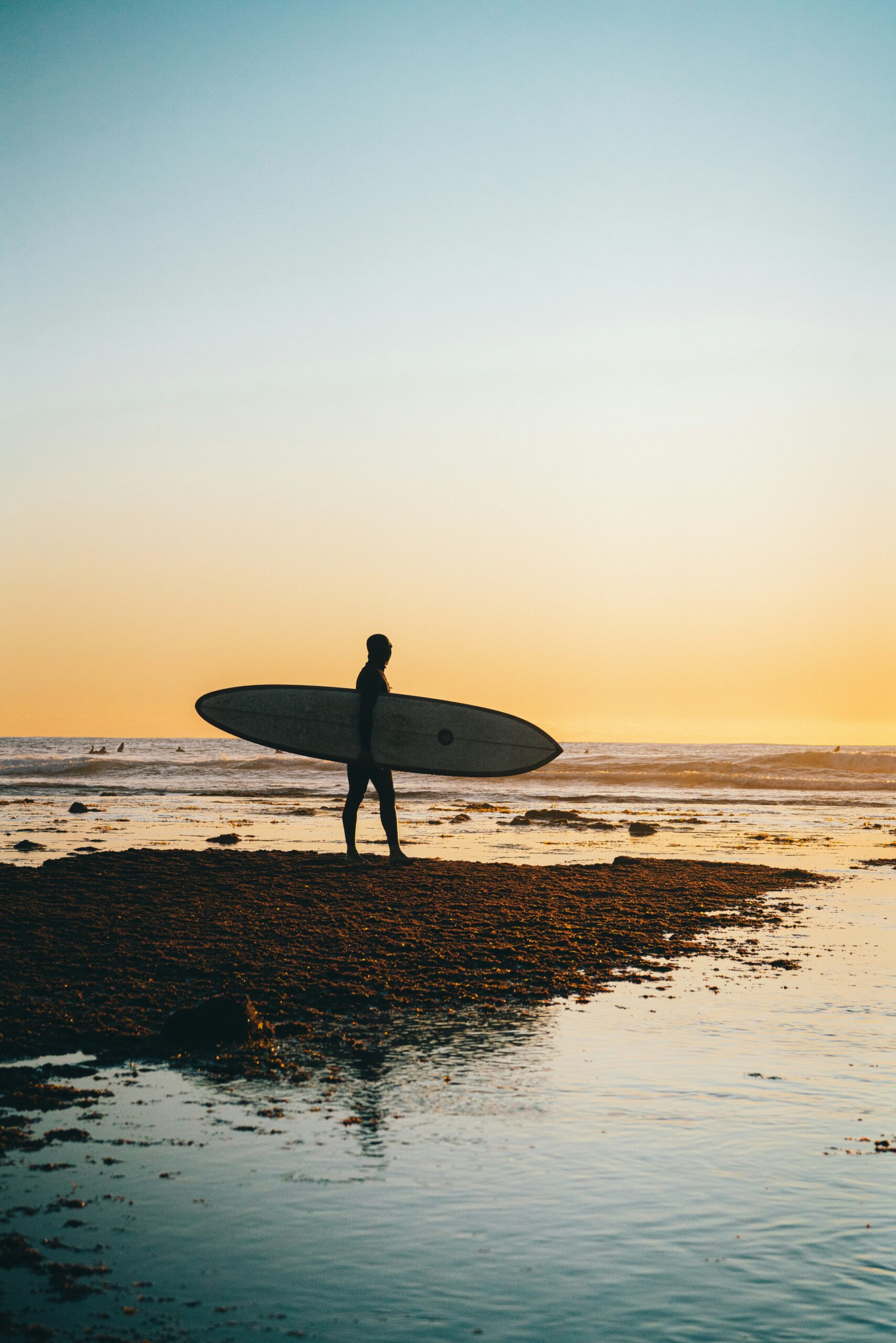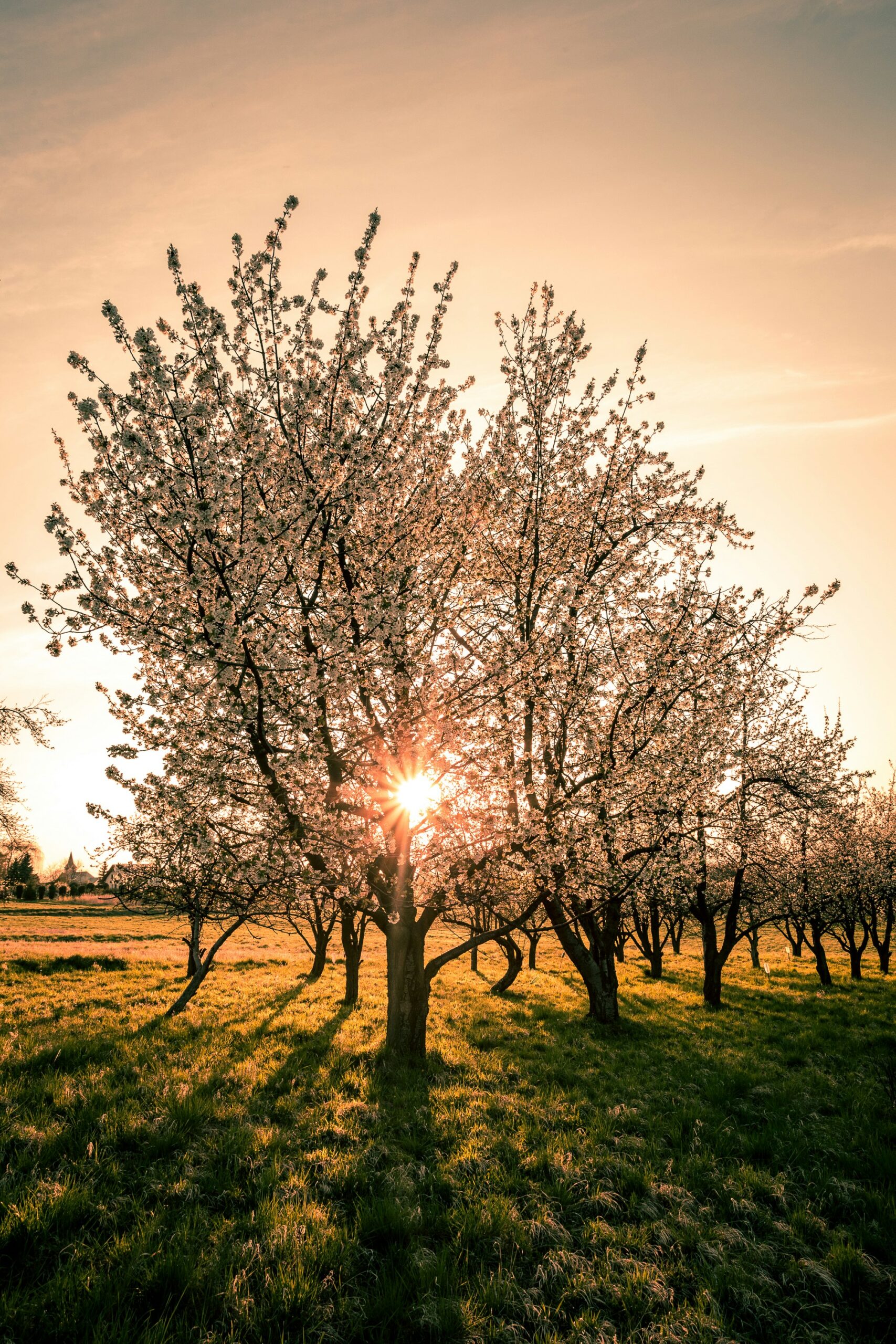Californian’s Favorite Ways to Stay Active as You Age: Top Activities and Health Tips
Staying active is a top priority for Californians looking to age well and maintain a high quality of life. Older adults in California often choose activities like walking, dancing, hiking, yoga, and group fitness classes to stay healthy and connected. These options offer both social engagement and physical benefits, making them popular among seniors throughout the state.
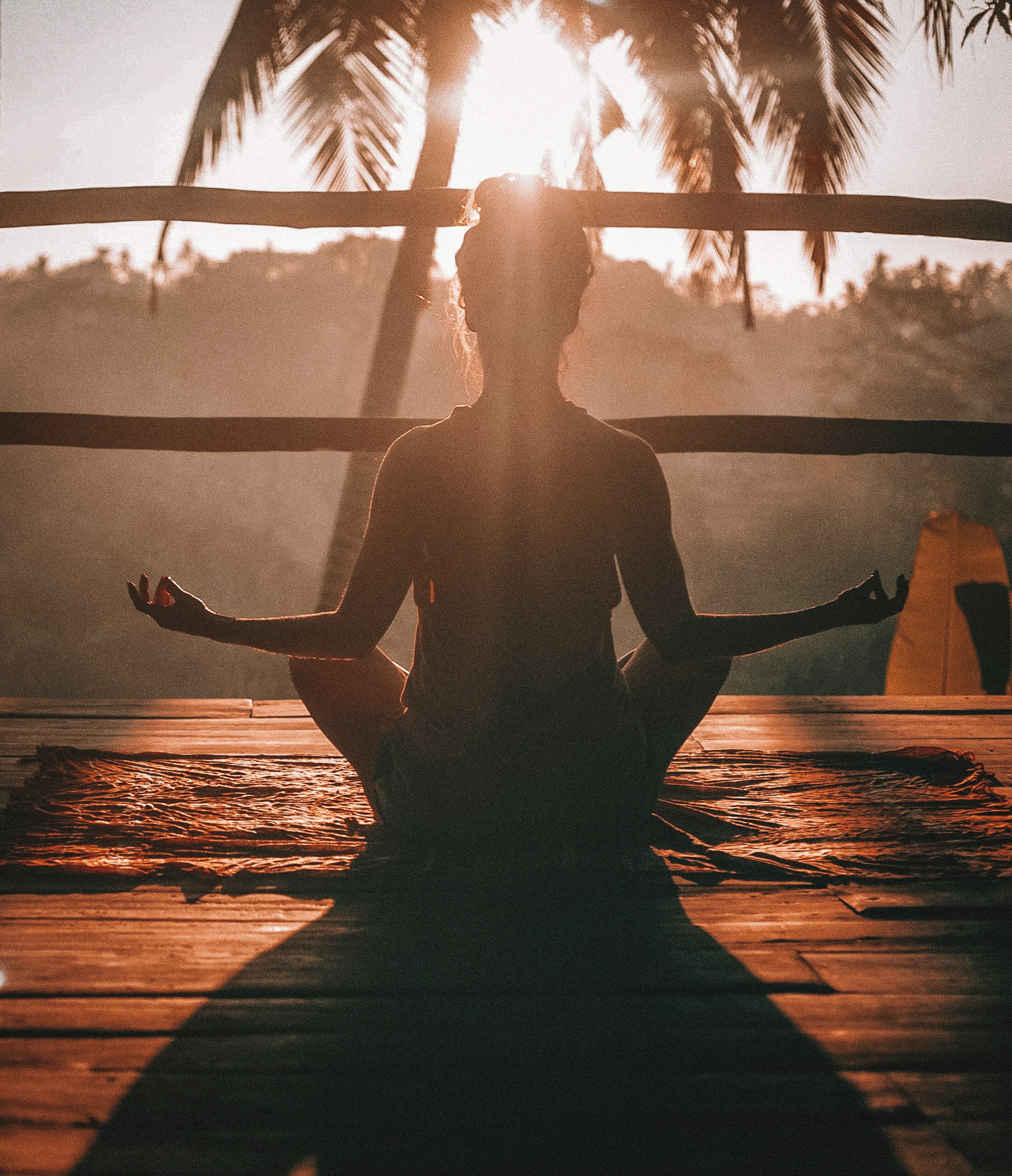
Many find that exploring new forms of exercise—such as weightlifting, swimming, or even rock climbing—can keep routines fresh and enjoyable. Some have discovered unique activities that challenge both body and mind, including dance classes and fitness groups designed specifically for older adults.
California’s diverse climate and active community culture encourage residents of all ages to find movement that suits their lifestyle. From outdoor recreation to structured classes, there are countless opportunities to stay engaged, inspired, and physically fit as the years go by.
Californian's Favorite Ways to Stay Active as You Age: Top Activities and Health Tips
Benefits of Staying Active as You Age
Regular physical activity provides measurable benefits for older adults. It can help maintain everyday function, reduce the risk of chronic disease, and boost quality of life.
Physical and Mental Health Advantages
Staying active strengthens muscles, improves balance, and increases flexibility. These benefits make it easier for older adults to perform daily tasks, reducing the risk of falls and injuries. Activities like walking, swimming, and strength training are especially effective.
Physical activity also supports heart health and helps manage conditions such as type 2 diabetes and high blood pressure. Many older adults experience improvements in sleep quality after establishing a consistent exercise routine.
Mental health receives a clear boost as well. Exercise is linked to lower rates of depression and anxiety. Engaging in regular movement may also slow cognitive decline and support brain health into older age, as noted by Johns Hopkins Medicine.
Impact on Longevity and Independence
Older adults who engage in recommended amounts of exercise—such as 150 minutes of moderate-intensity aerobic activity plus two days of muscle-strengthening activities per week—are more likely to live longer and remain independent. These activities help maintain physical strength and mobility, which are crucial for self-care and community involvement.
Regular movement also reduces the risk of developing disabilities and chronic illnesses. When older adults remain active, they are less likely to need assistance with daily tasks, allowing them to enjoy a greater sense of autonomy. Physical activity supports the body’s capacity to recover from illness or injury, making a major difference in quality of life.
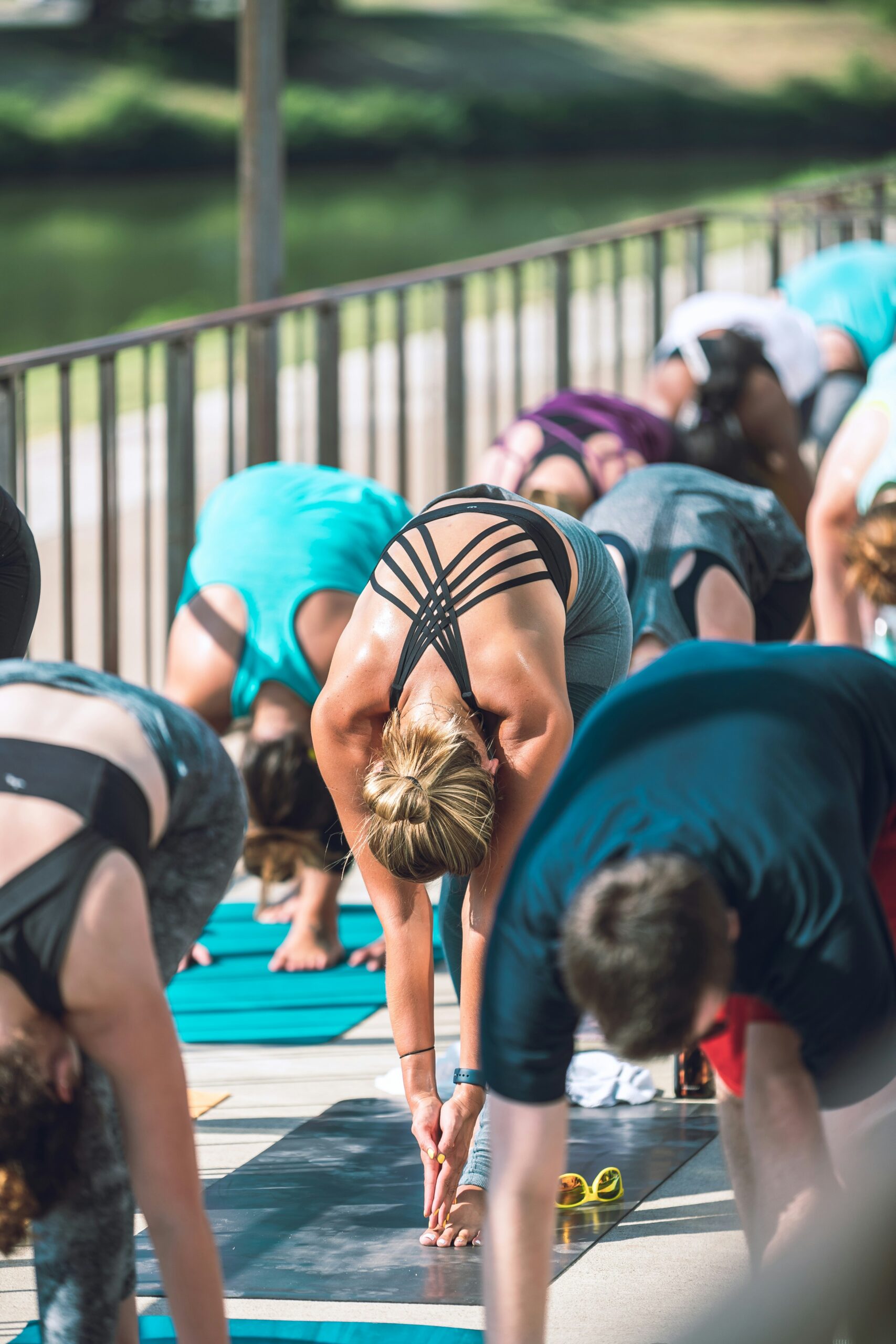
Popular Low-Impact Exercises in California
Low-impact activities help adults in California maintain mobility, strength, and overall well-being. These exercises support joint health, reduce injury risk, and promote consistency as people grow older.
Walking in Local Parks and Beaches
Walking is a favored way to stay active among Californians thanks to the state’s mild weather and diverse scenery. Local parks and coastal paths offer safe, well-maintained environments for individuals and small groups. Popular spots such as Golden Gate Park in San Francisco or Santa Monica Beach encourage regular movement and community engagement.
Benefits include:
- Improved cardiovascular health
- Joint-friendly movement
- Opportunities for socializing
Many older adults enjoy morning or evening walks when parks are less crowded and temperatures are cooler. Walking can be easily adjusted for different fitness levels by changing pace or distance. Short walks of just 15-30 minutes, repeated several times a week, can make a noticeable difference in well-being.
Swimming and Water Aerobics
Swimming and water aerobics are especially popular because of California’s access to both public pools and the Pacific Ocean. Water supports the body, reduces impact on joints, and allows people of varying fitness backgrounds to participate safely. Activities may include lap swimming, group water aerobics classes, or gentle pool exercises.
Key advantages include:
- Full-body workout
- Low risk of joint strain
- Support for flexibility and strength
Facilities often offer heated pools and classes tailored for older adults, making both swimming and water aerobics accessible year-round. According to wellness experts, water exercise can help with endurance, muscle tone, and mobility, particularly for those with arthritis or limited range of motion.
Tai Chi for Balance and Flexibility
Tai Chi is widely practiced outdoors in California, often in public spaces such as city parks or community centers. This gentle martial art combines slow movements with deep breathing, enhancing both physical and mental focus. Commonly seen in morning classes, participants of all ages practice together, promoting social connections as well as health.
Primary benefits of tai chi include:
- Greater balance and stability
- Enhanced flexibility
- Stress reduction
Tai chi is recommended by fitness organizations as a key low-impact exercise for older adults. It helps participants improve posture, coordination, and confidence, making daily activities easier and falls less likely. Sessions typically last 30-60 minutes and require minimal equipment, making tai chi accessible for beginners.
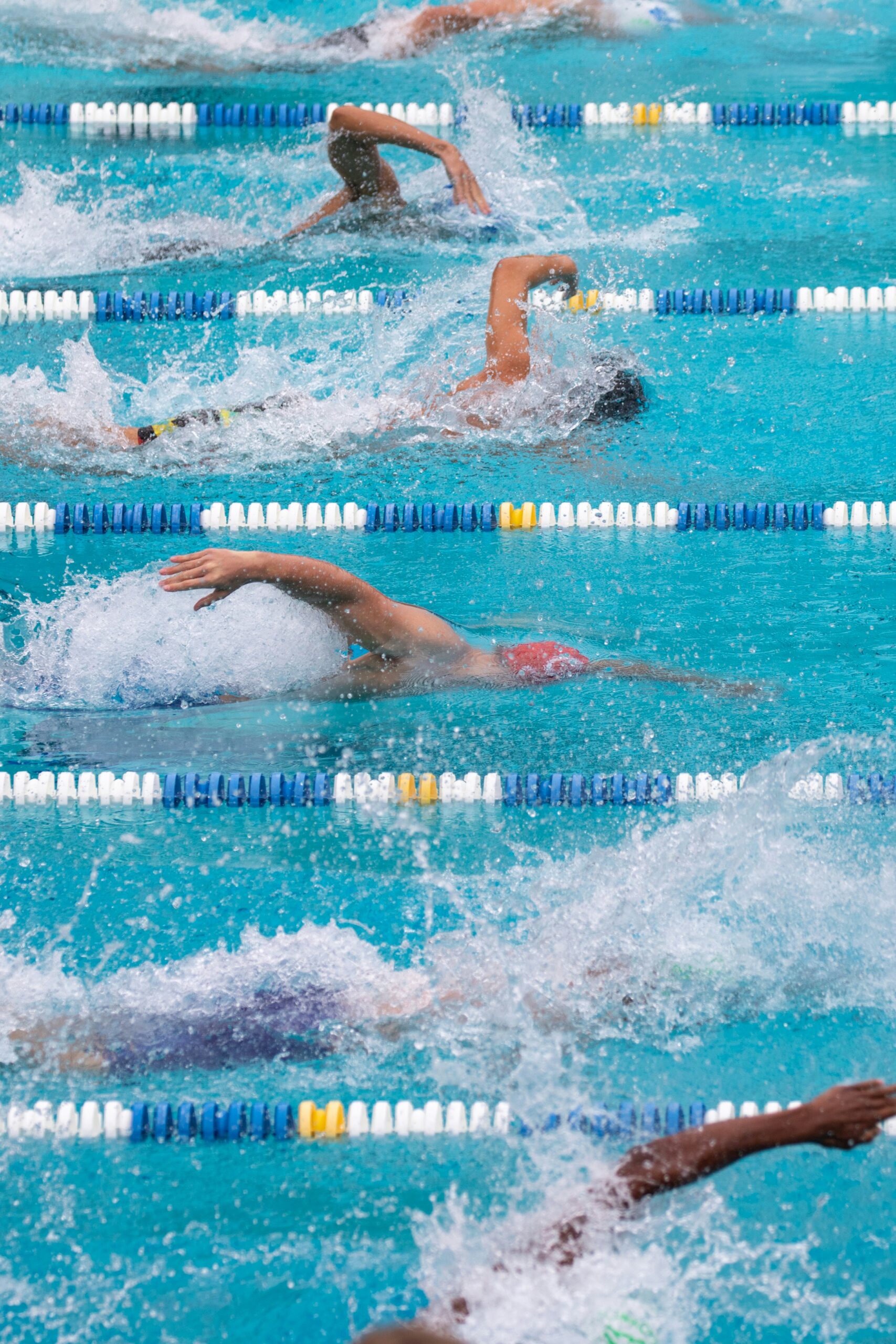
Strength Training for Aging Californians
Strength training helps older adults maintain muscle mass, support independence, and reduce fall risk. Many Californians use simple, effective methods to stay strong without needing a gym.
Safe Techniques for Older Adults
Proper form is crucial for preventing injury. Older adults should focus on slow, controlled movements and avoid using heavy weights, especially when first starting.
A typical safe routine involves bodyweight exercises such as chair squats, wall push-ups, and standing calf raises. These moves target major muscle groups and minimize joint strain. It's important to warm up before exercise and cool down afterward to promote flexibility and circulation.
Rest days are essential. Muscles need time to recover, so strength exercises are best done two to three times per week. Regular practice can help maintain bone density and improve balance, both key concerns as people age. According to the CDC, strength training supports continued independence and daily function in later years.
Incorporating Resistance Bands and Light Weights
Resistance bands and light dumbbells are ideal for aging Californians. They are portable, affordable, and allow adjustable resistance levels, making them suitable for beginners and those with physical limitations.
Some popular exercises with resistance bands include bicep curls, seated rows, and leg extensions. For light dumbbells, overhead presses and side raises help build shoulder and arm strength. Mixing these tools with bodyweight movements boosts results without causing undue stress on joints.
A table can help track progress:
| Exercise | Repetitions | Sets | Resistance Type |
|---|---|---|---|
| Bicep Curls | 10-12 | 2-3 | Band or Dumbbell |
| Chair Squats | 8-10 | 2 | Bodyweight |
| Seated Rows | 10-12 | 2-3 | Resistance Band |
Incorporating these routines multiple times per week can improve muscle endurance and support everyday activities, as highlighted by community fitness guides.
Role Models: Arnold Schwarzenegger's Advocacy
Arnold Schwarzenegger has long promoted the benefits of strength training for all ages, especially older adults. He emphasizes functional strength, recommending simple exercises that can be done at home with minimal equipment.
Schwarzenegger often shares advice tailored to seniors, such as focusing on consistency and prioritizing safe movements over lifting heavy weights. He highlights the adaptability of routines—using bands, water bottles, or one's own bodyweight—as effective and accessible ways to stay fit.
His encouragement and public appearances have inspired many older adults to take up regular strength training. Stories and interviews with fitness advocates in California show that having relatable, real-world examples like Schwarzenegger makes starting and maintaining a strength routine feel more attainable. For more on how older adults are finding unique, enjoyable ways to get strong.
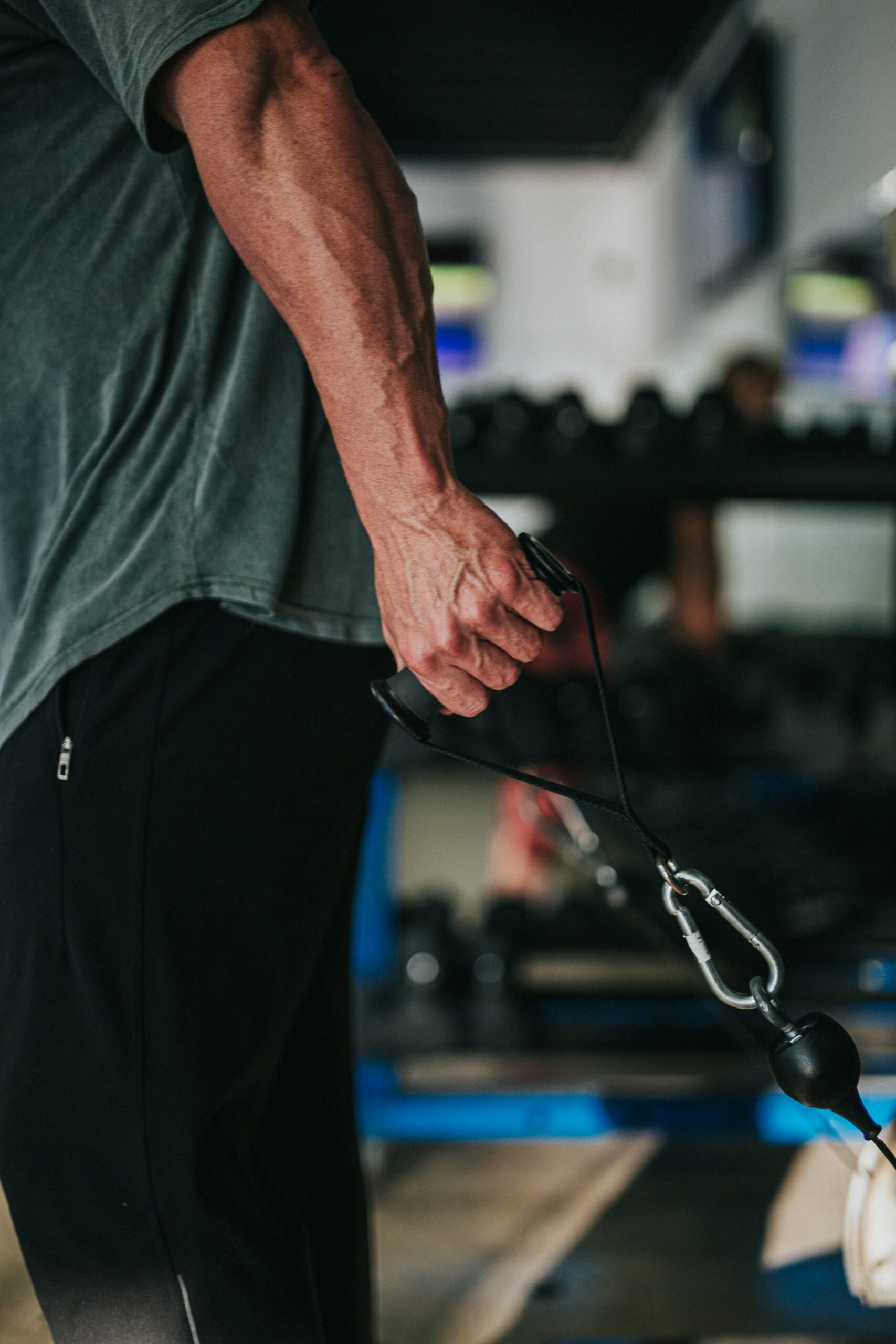
Staying Motivated for an Active Lifestyle
Motivation can fade without clear strategies in place. Older adults benefit from practical steps that make staying active easier and more rewarding over time.
Setting Achievable Goals
Breaking larger fitness intentions into smaller, realistic goals keeps people committed. Instead of aiming for an intense workout right away, it’s helpful to start slow—maybe with short daily walks or simple stretching routines.
Writing down specific targets like “walk 20 minutes three times a week” gives a sense of progress. Many older adults are more likely to keep up with new activities if these targets are not too ambitious at first, gradually increasing the challenge.
Rewarding progress, such as treating oneself to a healthy snack or extra leisure time, helps reinforce good habits. Maintaining motivation hinges on manageable steps and tracking small wins.
Building Community Support
Exercising with friends, family, or in group settings increases accountability and enjoyment. Social support is closely linked to exercise motivation for older adults.
Joining a local walking group, yoga class, or dance club adds a sense of belonging, making the activity more fun and less like a chore. Setting shared goals can keep everyone moving forward together.
Encouragement from a spouse, neighbor, or friend can boost morale on days when energy is low. Many seniors find that exercising with others makes it easier to commit and stay positive.
Tracking Progress and Staying Engaged
Using a notebook, calendar, or smartphone app to log workouts helps maintain consistency. Marking completed activities gives a visual record of progress that reinforces motivation.
Some older adults enjoy using fitness trackers or pedometers to monitor steps, heart rate, and other data. Celebrating milestones—such as hitting a new personal best or finishing a four-week routine—adds a sense of accomplishment.
Regularly updating fitness goals or trying new activities, like chair yoga, swimming, or dancing, keeps things interesting. Switching routines and methods of tracking helps prevent boredom and sustain long-term engagement.
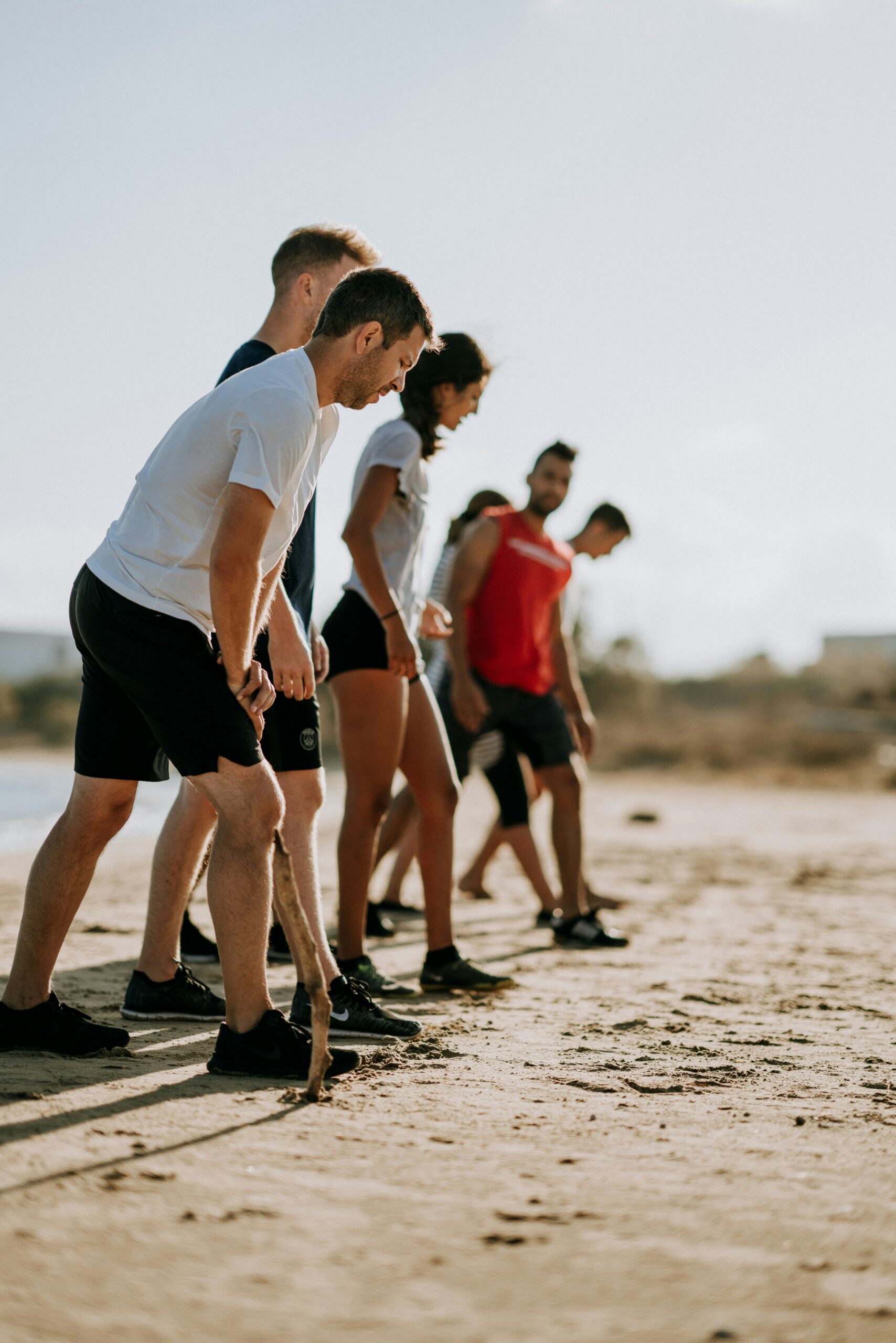
Outdoor Activities Unique to California
California offers a variety of ways for older adults to enjoy physical activity in the state's diverse outdoors. Many residents find that exercise routines become more enjoyable when surrounded by the region's unique landscapes and mild weather.
Hiking Trails for All Skill Levels
The state has an array of hiking trails that cater to individuals at every fitness level. For gentle walks, coastal paths like those in Monterey and Santa Barbara offer flat, paved surfaces and ocean views, ideal for seniors seeking low-impact physical activity. Those who prefer moderate challenges often explore the foothills in Marin County or the shaded trails in Griffith Park, Los Angeles.
Advanced hikers might try scenic routes in Yosemite, along the Pacific Crest Trail, or venture to Goat Canyon Trestle, which features historic rail trestles in the desert. Many state parks provide clear signage, benches, and frequent trailheads, making it easy to adjust workout intensity during each visit. Group-led hikes and guided nature walks are also available, offering both exercise and social connection.
Biking Along Scenic Routes
California's bike paths wind through vineyards, beaches, and redwood forests. The famed Pacific Coast bike route stretches from Dana Point in the south to Mendocino in the north, providing opportunities for both leisurely rides and longer fitness excursions. These scenic biking options let individuals enjoy fresh air and breathtaking views while staying active.
Urban areas like Sacramento and San Diego have extensive networks of paved bike trails, often running through parks and along rivers. For those seeking a gentler workout, the Napa Valley Vine Trail offers a level surface and places to rest and enjoy the scenery. Organized group rides and adaptive cycling events are common, ensuring accessibility for adults of varying abilities and making biking a practical form of exercise.
Group Exercise Classes in the Open Air
Many California communities offer outdoor group fitness classes tailored for older adults. Parks in places like Pasadena and Santa Clara frequently host morning tai chi, yoga, or low-impact aerobics sessions, led by certified instructors. This approach allows seniors to combine the health benefits of movement and breathing exercises with the mental boost of being outdoors.
Classes are usually held on flat grassy areas or shaded pavilions, which helps reduce strain on joints and makes walking between stations easier. Options might include stretching, chair yoga, or balance drills—often designed with accessibility in mind. Social interaction is encouraged, making these sessions enjoyable as well as beneficial for maintaining regular physical activity.
Residents can locate local classes through recreation departments or community centers, often listed online or through neighborhood bulletin boards. Participating in these open-air group workouts provides both structure and a sense of community.
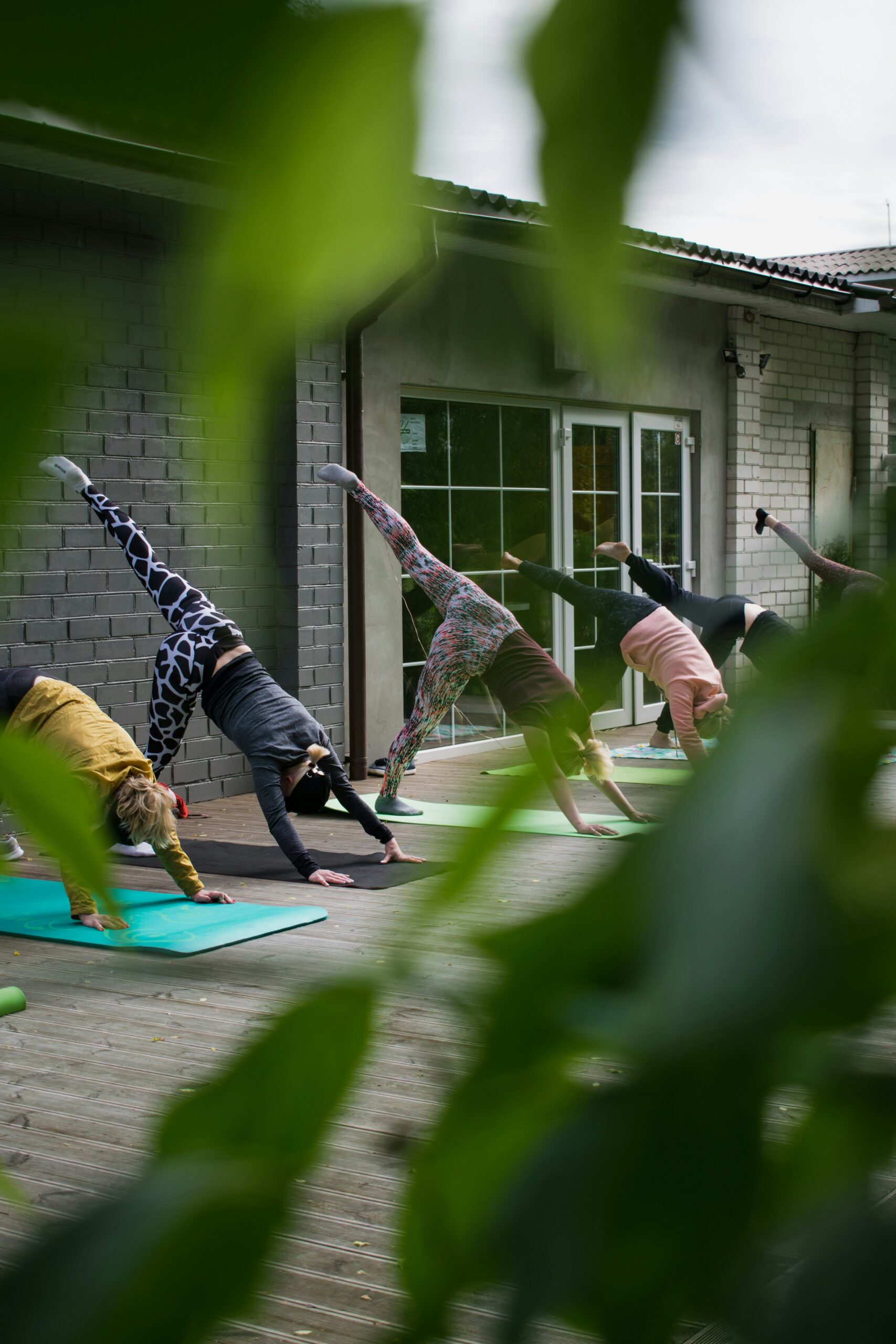
Integrating Activity into Daily Life
The most effective physical activity habits often come from small, regular choices. Everyday routines can include a variety of movement that helps maintain mobility and overall health as people age.
Active Transportation and Errands
Walking, biking, or even using public transportation instead of driving allows people to incorporate physical activity into daily responsibilities. Common errands such as walking to the grocery store, post office, or even a local café add meaningful steps to the day and benefit cardiovascular health.
Older adults can try parking farther from store entrances or taking the stairs instead of an elevator. Some neighborhoods and shopping malls support walking clubs, which provide a safe, social environment to move more. Engaging in these activities regularly may help reduce the risk of chronic illnesses, as active individuals tend to fare better in the long term as shown in California's initiatives for increasing adult physical activity.
Even short trips, like delivering mail on foot or walking a pet, contribute to daily exercise goals. By adding briskness to these activities or carrying groceries, one can also fit in light strength training.
Gardening and Outdoor Chores
Gardening offers a form of physical activity that combines flexibility, strength, and balance training. Activities such as digging, planting, weeding, and watering provide natural resistance training and encourage movement of major muscle groups.
Pulling weeds, raking leaves, and mowing the lawn help sustain endurance and mobility. These chores can be split into short sessions, making them less tiring while still adding up to significant movement by the end of the week. Fresh air and sunlight further contribute to mood and energy.
Many older adults find gardening enjoyable because it is purposeful. Engaging in regular outdoor chores also supports healthy aging by keeping the body in motion and maintaining independence, according to recent advice from the National Institute on Aging.
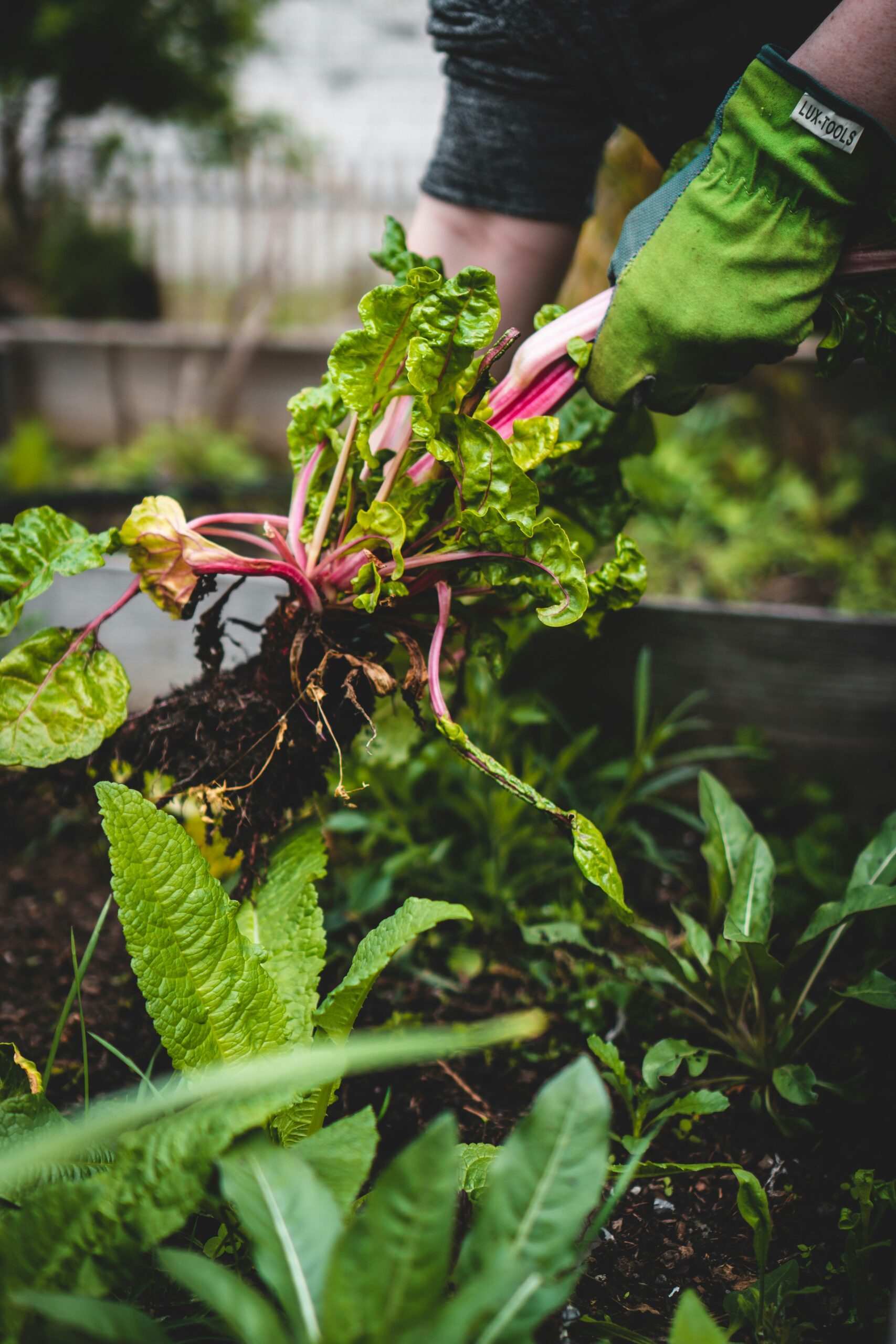
Adapting Exercise Routines for Changing Needs
Physical activity needs shift as people age, requiring adjustments to routines. Staying active can help manage health conditions and maintain daily independence.
Modifying Activities for Mobility and Health
Older adults often face joint stiffness, reduced flexibility, or chronic health issues. Adjusting exercise routines to prioritize balance, flexibility, and muscle strength can support long-term mobility and decrease fall risk.
Simple modifications like choosing low-impact activities—including walking, swimming, or stationary cycling—reduce strain on joints while supporting cardiovascular health. Strength training with resistance bands or light weights helps combat muscle loss and increases bone strength.
Flexibility and balance exercises such as yoga or tai chi improve coordination and prevent injury. The National Institute on Aging recommends at least 150 minutes of moderate aerobic activity each week for older adults, along with two days dedicated to muscle-strengthening.
Seeking Professional Guidance
Consulting a doctor or physical therapist before making changes to an exercise routine is especially important for individuals with chronic conditions or limited mobility. These professionals help create tailored exercise plans that match specific health needs.
Fitness trainers who specialize in aging populations can demonstrate proper techniques and adapt movements for safety and effectiveness. Joining group classes designed for older adults, such as senior yoga or water aerobics, also provides structure and motivation.
For those managing arthritis or osteoporosis, a medical professional can suggest modifications to avoid aggravating symptoms.

